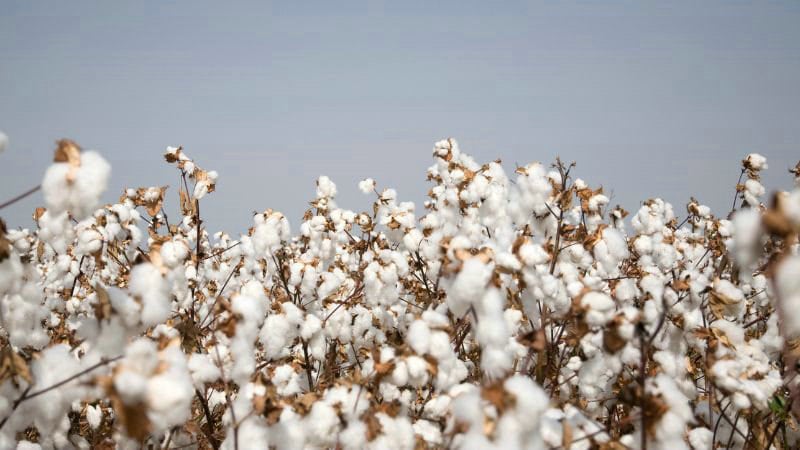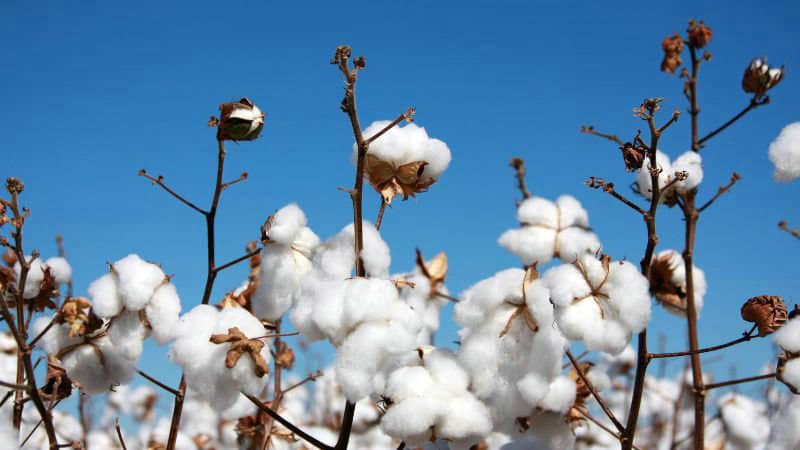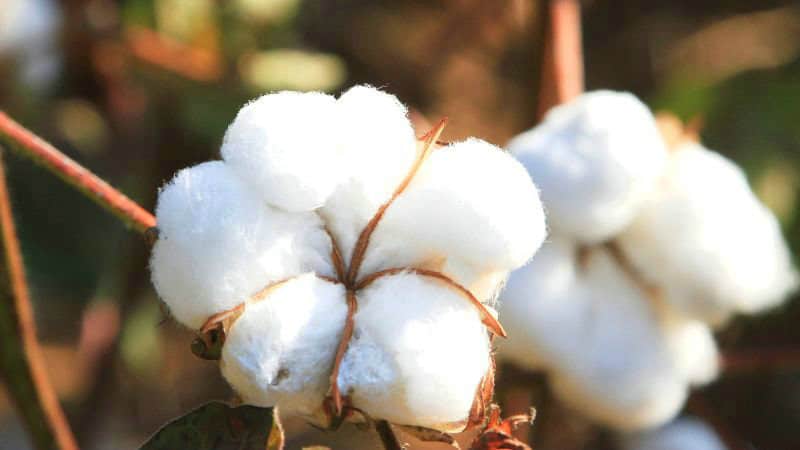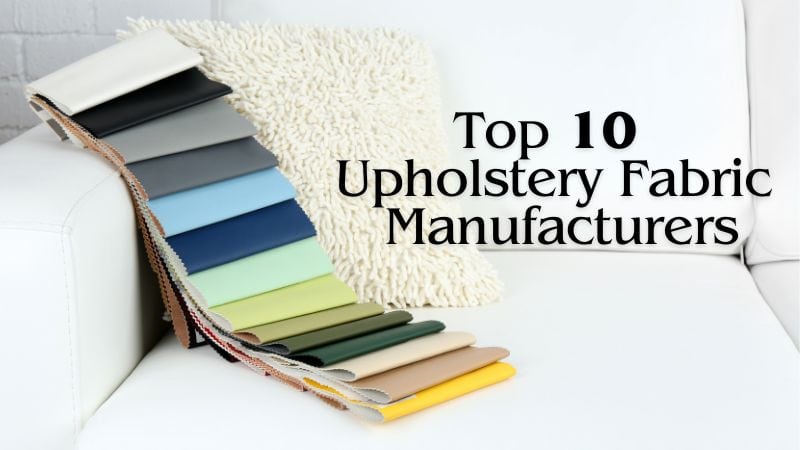Cotton is one of the most versatile and widely used natural fibers in the world, known for its softness, breathability, and durability.
In this comprehensive guide, we will explore the various types of cotton fabrics, their properties, and their applications in the world of fashion and textiles. We will delve into the differences between short staple, long staple, and extra-long staple cotton fibers, and how they influence the quality and feel of the resulting fabrics. Additionally, we will discuss the environmental and social impact of cotton production, and highlight the importance of sustainable and ethical practices in the cotton industry.

What is Cotton Fiber
Cotton fiber is a natural, cellulosic fiber that grows around the seeds of the cotton plant. Its softness, breathability, and versatility make it one of the most widely used natural fibers in the world, with applications ranging from clothing to industrial products.
What are the Main Types of Cotton?
Different varieties of cotton cotton offer various qualities, such as softness, durability, and environmental impact. Here are some common types and what makes each unique.

Pima Cotton
Pima cotton is an extra long staple cotton (ELS) known for its exceptional quality, durability, and luxurious feel. It’s often compared to high-end cotton-like Supima. This type of cotton is resistant to pilling and wrinkles, adding to its longevity.
Originally, Pima cotton grown in Peru but it is named after the Pima Indians who helped cultivate it in the southwestern United States.
You’ll often find Pima cotton in luxury bedding, high-quality shirts, and elegant dresses. Its softness and durability make it a favorite for items that are washed often, like towels and sheets.
Egyptian Cotton
Egyptian cotton is famous for its extreme softness and strength. It is an extra-long staple cotton, which contributes to its luxurious feel. This type of cotton is grown in Egypt’s Nile River Valley, which provides ideal growing conditions.
You’ll often see Egyptian cotton used in sheets, pillowcases, and upscale clothing. Its fine threads make it possible to create very high thread count fabrics, leading to a softer, more durable product.
Organic Cotton
Organic cotton is grown without synthetic chemicals, making it a more sustainable choice. It’s ideal for those concerned about the environment and health.
The farming process involves natural fertilizers and no pesticides, which makes organic cotton a better choice for sensitive skin. You will often find this type of cotton in baby clothes, T-shirts, and eco-friendly bedding.
Upland Cotton
Upland cotton, also known as Gossypium hirsutum, is the most commonly used type. It has shorter fibers compared to Pima and Egyptian cotton. While it’s not as soft or durable, it is versatile and widely available.
You’ll typically see regular cotton in everyday items like T-shirts, jeans, and basic home textiles. It’s affordable and practical, making it a staple in many households.
Specialty Cotton Fabrics
- Brushed cotton is made by brushing the fabric to create a soft, fuzzy texture. This process enhances the fabric’s warmth, making it perfect for cold-weather clothing, such as flannel shirts and cozy bed linens. Brushed cotton is also commonly used in baby clothes because of its softness.
- Velvet cotton is a luxurious fabric known for its dense pile and soft feel. This fabric is often used in high-end clothing and upholstery. Velvet cotton combines the natural softness and breathability of cotton with the rich texture of velvet, making it a favorite for formal wear and home décor.
- Broderie anglaise is a cotton fabric known for its decorative needlework. This fabric features eyelet patterns that add a delicate, elegant touch to garments and home textiles. It’s often used in summer dresses, blouses, and baby clothes.
- Chenille cotton has a unique, fuzzy texture created by weaving short lengths of yarn between core threads. This fabric is soft and slightly stretchy, making it suitable for cozy sweaters, throws, and accent pillows.
- Terry cloth is a cotton fabric with loops that can absorb large amounts of water. It’s most commonly used in towels and bathrobes. Terry cloth is both durable and absorbent, making it ideal for bathroom textiles and baby products.
How to Select the Best Cotton for Different Use?

When choosing cotton, you need to think about what you’re going to use it for. Different cotton types have different strengths.
Here is a brief reference to you:
| Factor | When to Use | Recommended Cotton Fabrics |
|---|---|---|
| Durability and Longevity | For items that need to withstand frequent use and washing | – Denim – Canvas – Corduroy – Cotton duck and twill – Pima, Supima and Egyptian cotton (ELS) |
| Softness and Comfort | For clothing and items worn close to the skin | – Cotton lawn – Voile – Batiste – Pima, Supima and Egyptian cotton (ELS) – Brushed or flannel cotton |
| Breathability and Coolness | For hot weather and activewear | – Cotton lawn – Voile – Seersucker – Chambray – Cotton gauze |
| Easy Care and Wrinkle-Resistance | For low-maintenance items | – Cotton poplin – Seersucker |
| Thickness and Weight | Consider the weight based on the intended use | – Quilting cotton (medium to heavy-weight) – Denim (medium to heavy-weight) – Cotton lawn (lightweight) – Voile (lightweight) |
| Texture and Appearance | Affects both the look and feel of the fabric | – Poplin, lawn, sateen (smooth and elegant) – Seersucker, corduroy, waffle knit (textured and casual) |
| Blends and Stretch | Cotton blended with other fibers for added benefits | – Cotton/polyester blends (durable and wrinkle-resistant) – Cotton/spandex blends (comfortable stretch) |
Frequently Asked Questions
What distinguishes high-quality cotton from other types?
High-quality cotton often has long, strong fibers. This makes the fabric soft and durable. Egyptian and Pima cotton are known for their extra-long staples. These fibers create smooth, strong, and long-lasting fabrics.
How can one identify the most comfortable type of cotton for clothing?
For comfort, look for cotton with a soft texture and breathable qualities. Pima and Egyptian cotton are good choices. They provide a luxurious feel and keep you cool in warm weather. Their fine fibers make the fabric gentle on the skin.
What are the defining characteristics of luxurious cotton fabrics?
Luxurious cotton fabrics are soft, durable, and have a smooth finish. Egyptian cotton is known for its high-quality feel. Pima cotton also offers a silky texture and strength. These fabrics often resist pilling and keep their fresh look over time.
In terms of fabric quality, how does Pima Cotton compare with other types?
Pima cotton is highly regarded for its softness and durability. Compared to regular cotton, it has longer fibers. This means it is less likely to pill. It also offers a smoother feel and greater strength, making it ideal for high-end clothing.
What specifics should I look for to ensure I’m buying 100% cotton?
To ensure you’re buying 100% cotton, check the product label. Look for terms like “100% cotton” or “pure cotton.” Beware of blends that might include polyester. Also, feel the fabric. Authentic cotton should be soft and breathable.
Can you list the best cotton varieties recommended for shirt fabrics?
For shirts, the best cotton varieties include Pima, Egyptian, and Supima cotton. These types offer a soft, smooth texture and are durable. They provide comfort and keep their shape well. They are also less prone to wrinkles and pilling.
Does cotton production cause pollution?
Yes, it does.
while cotton itself is a natural fiber, the intensive agricultural practices and chemical treatments used in much of modern cotton production have made it a major source of water, soil, and air pollution that harms ecosystems and human health. More sustainable cotton farming methods are needed to reduce these negative environmental impacts.







